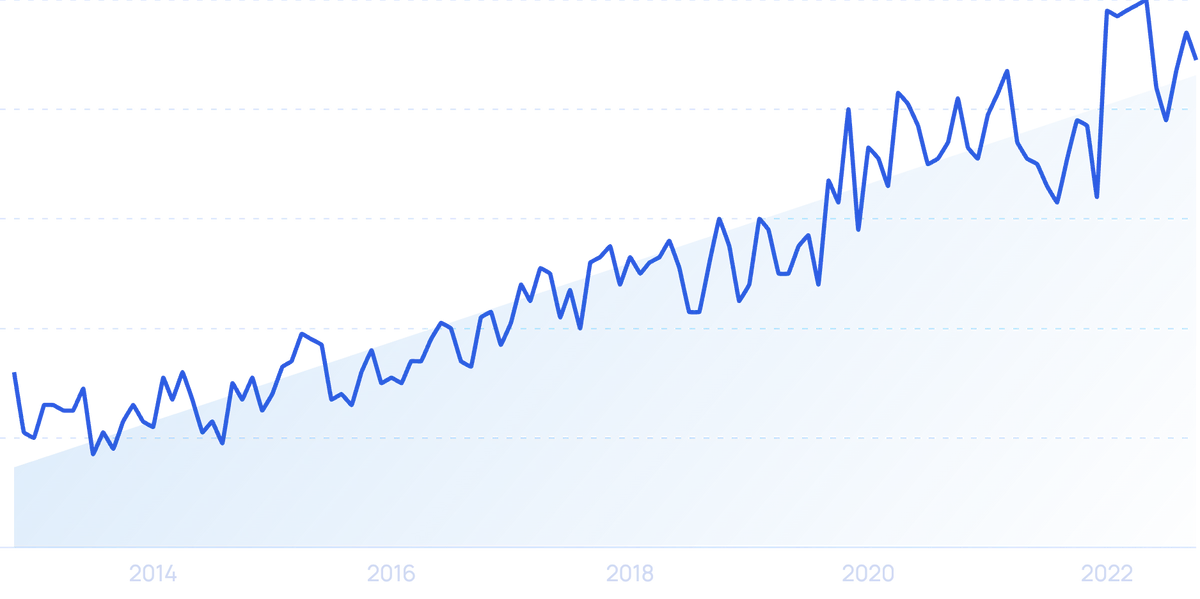The rise of the gig economy has been a significant trend in recent years, with more and more people opting for flexible work arrangements and multiple streams of income. This shift has been fueled by various factors, including the pandemic, the Great Resignation, and the proliferation of app-based gigs. According to Statista, the projected gross volume of the gig economy in the United States is expected to reach $455.2 billion by 2023, more than double the figure from 2018.
One of the key drivers of the gig economy is the desire for greater flexibility and control over one’s work life. Freelancers have the freedom to choose their clients, work locations, and schedules, allowing them to tailor their work to suit their preferences. This flexibility is particularly appealing to women, who see it as a significant advantage of freelancing. Additionally, freelancers have the power to adjust their workload and rates as needed, giving them the ability to adapt to changing economic conditions.
Diversification is another important factor driving people towards the gig economy. By having multiple sources of income, freelancers can enhance their financial security and reduce their dependence on a single employer. This diversification also allows freelancers to explore different types of work and expand their skill set, making them more resilient in a rapidly changing job market.
As the gig economy continues to grow, we are seeing shifts in the types of work that freelancers are engaging in. Content creation and marketing have become increasingly popular fields, with a focus on services like copywriting, newsletters, and social media. Additionally, freelancers are moving away from expensive urban hubs like New York and San Francisco, opting for more affordable and diverse locations.
Despite the many benefits of the gig economy, freelancers also face unique challenges. One of the most significant issues is the lack of legal protections and benefits that traditional employees enjoy. Freelancers are often vulnerable to exploitation and nonpayment, with many working without contracts to protect themselves. Organizations like the Freelancers Union are working to address these challenges by advocating for policies that protect freelancers’ rights and ensure fair treatment in the workplace.
Looking ahead, the future of the gig economy will depend on how well we address these challenges and support the growing number of independent workers. Initiatives like the Freelance Isn’t Free Act in New York City and efforts to provide benefits like healthcare and retirement to freelancers are steps in the right direction. By recognizing the contributions of gig workers and ensuring their rights are protected, we can create a more inclusive and equitable economy for all.


















